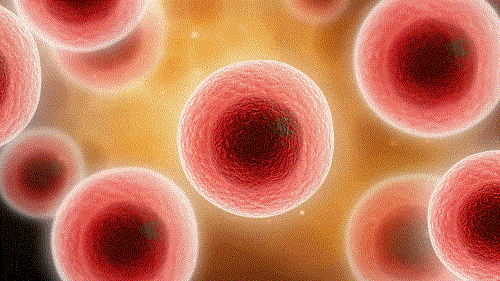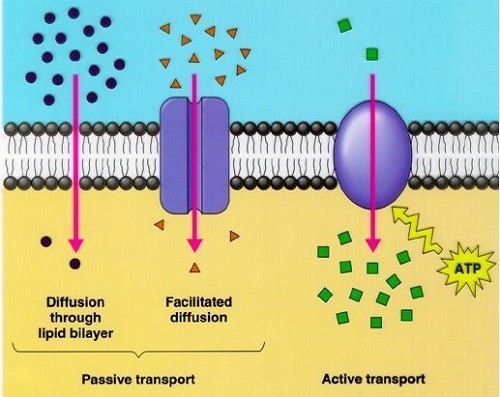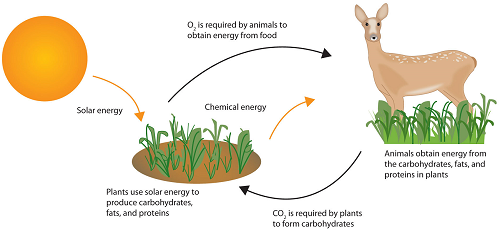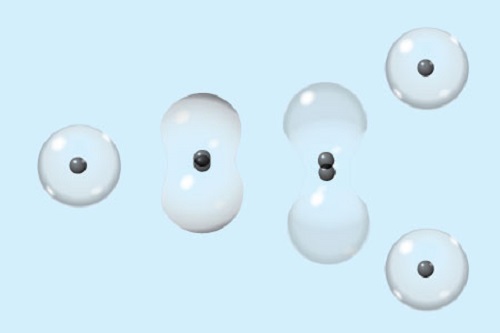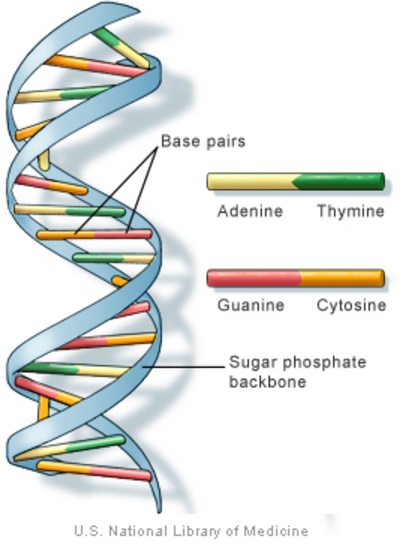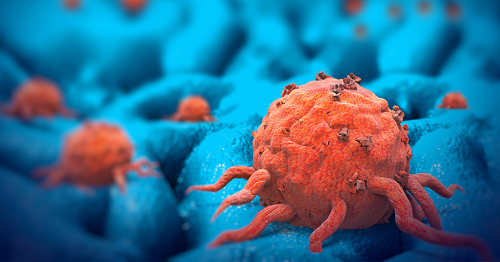1. How did technology over time assist in the discovery and understanding of cells?
Technology over time assisted us in the discovery and understanding of cells. Due to the technology, the microscope lets us see cells and lets us be able to study them. Also being able to study them helps doctors and scientists to make vaccines and cures. Technology has also led up to the “Cell Theory” and showed that all living things are made of cells, that cells come from preexisting cells, and that cells are the basic unit of life.

Image Source - adorama.com



.jpg)




